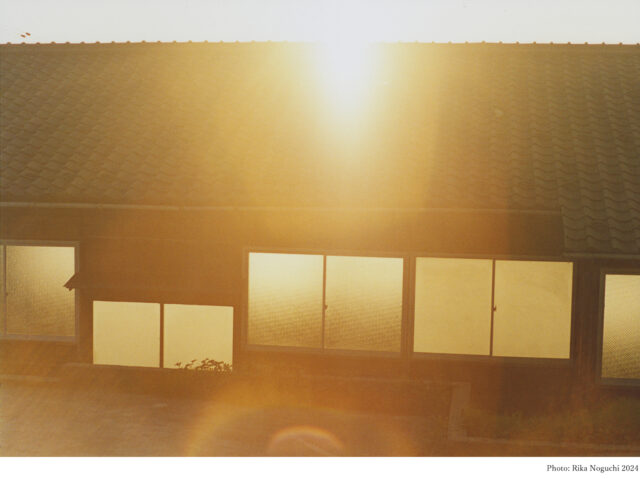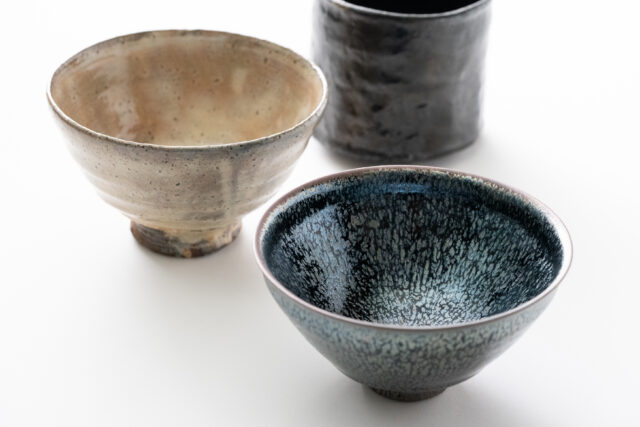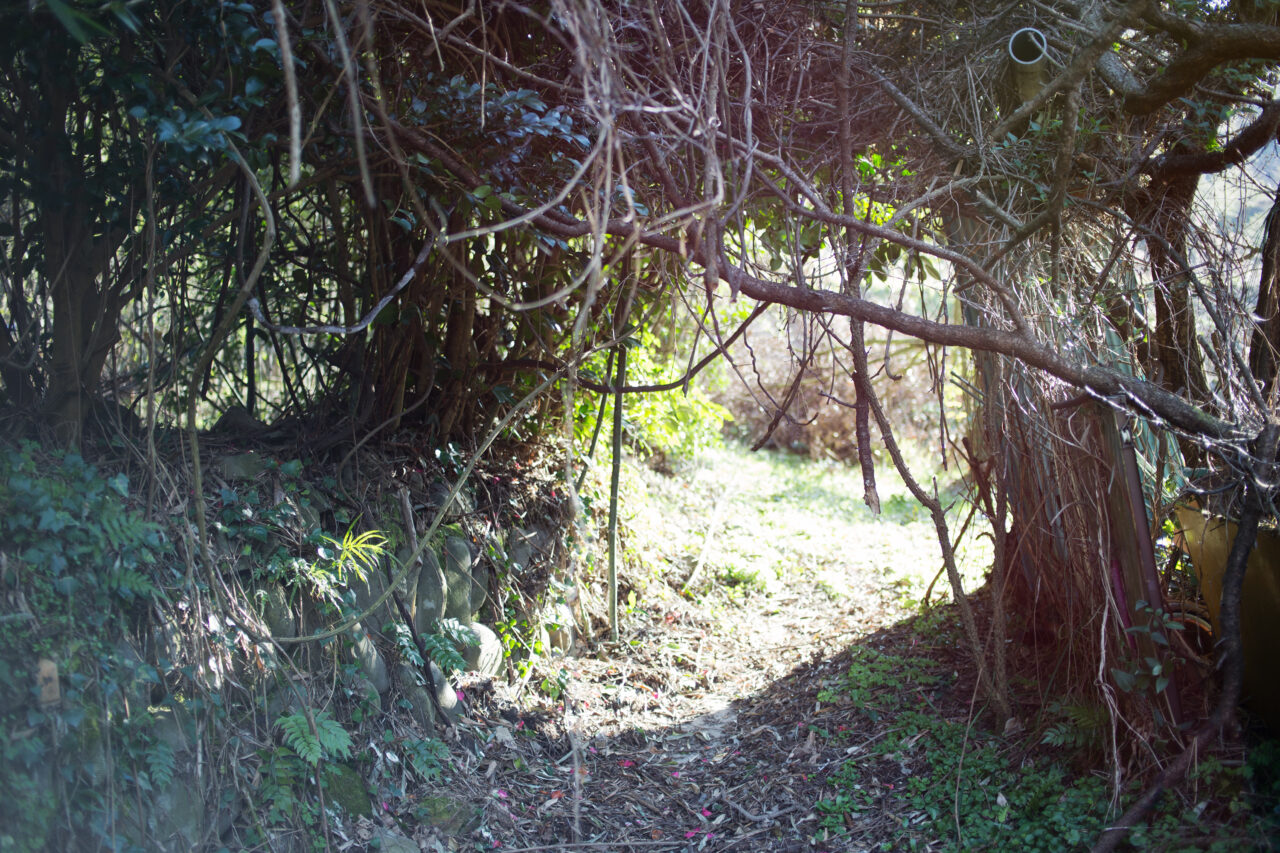Fukui Workshop Tour Event “RENEW/2024” to Celebrate Its 10th Anniversary in November
Featured Exhibitions & Events VOL.41
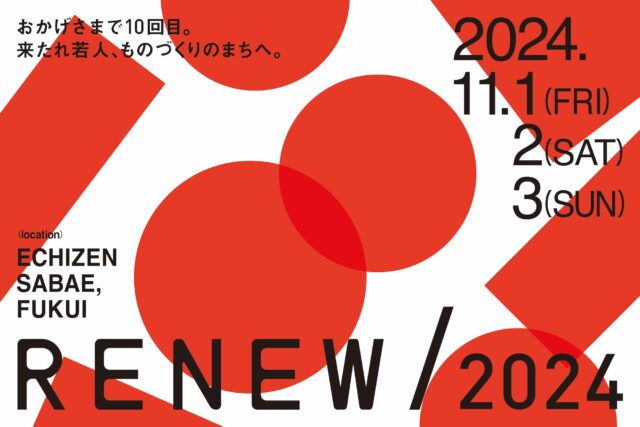

VOL.1-41
Update
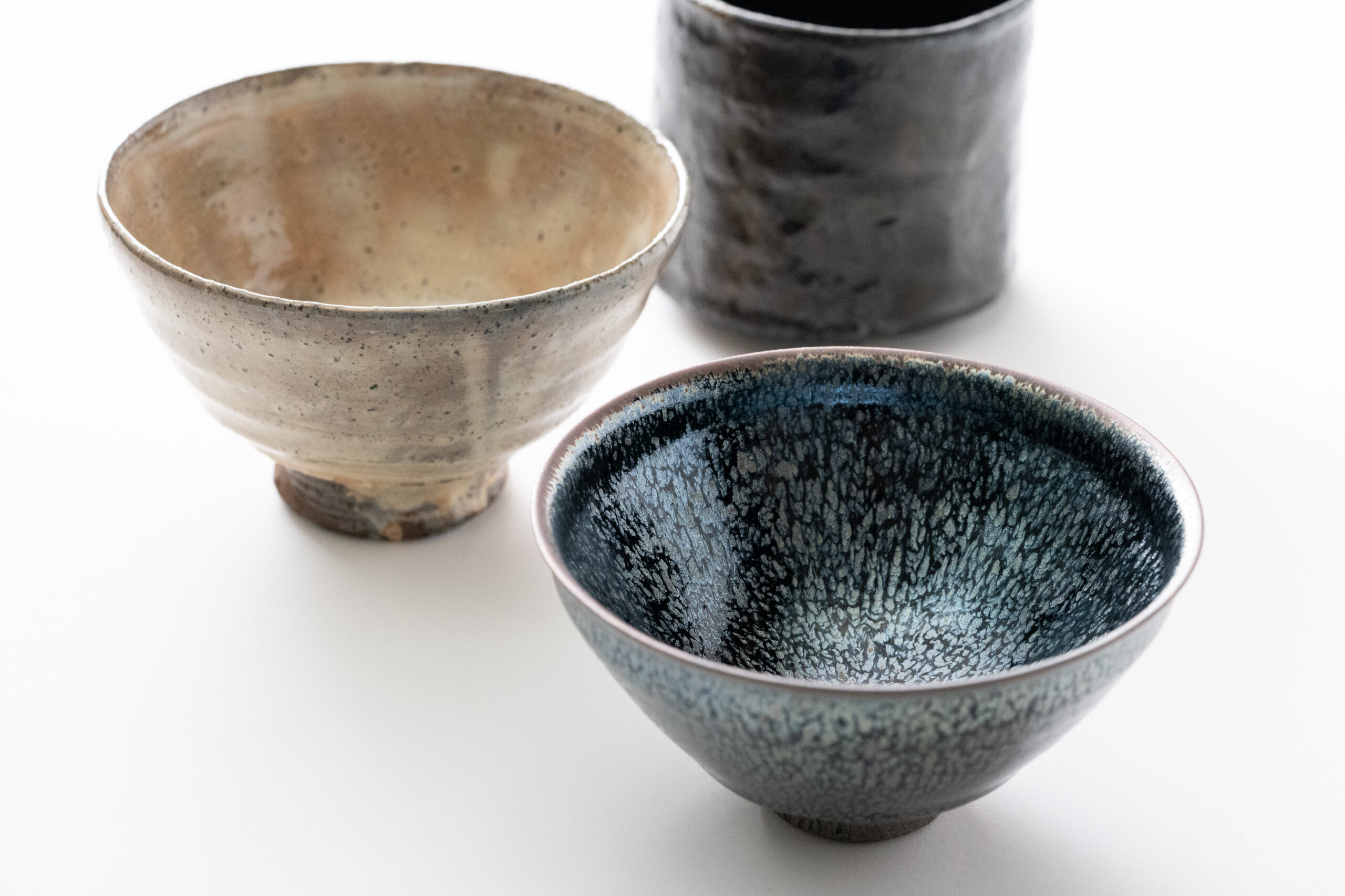
VOL.1-2
Update
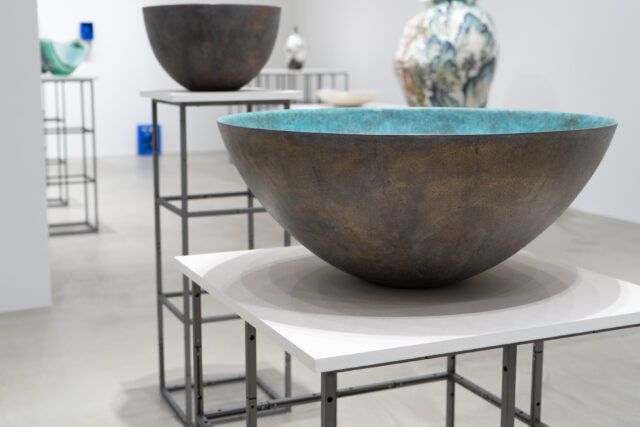
VOL.1-26
Update
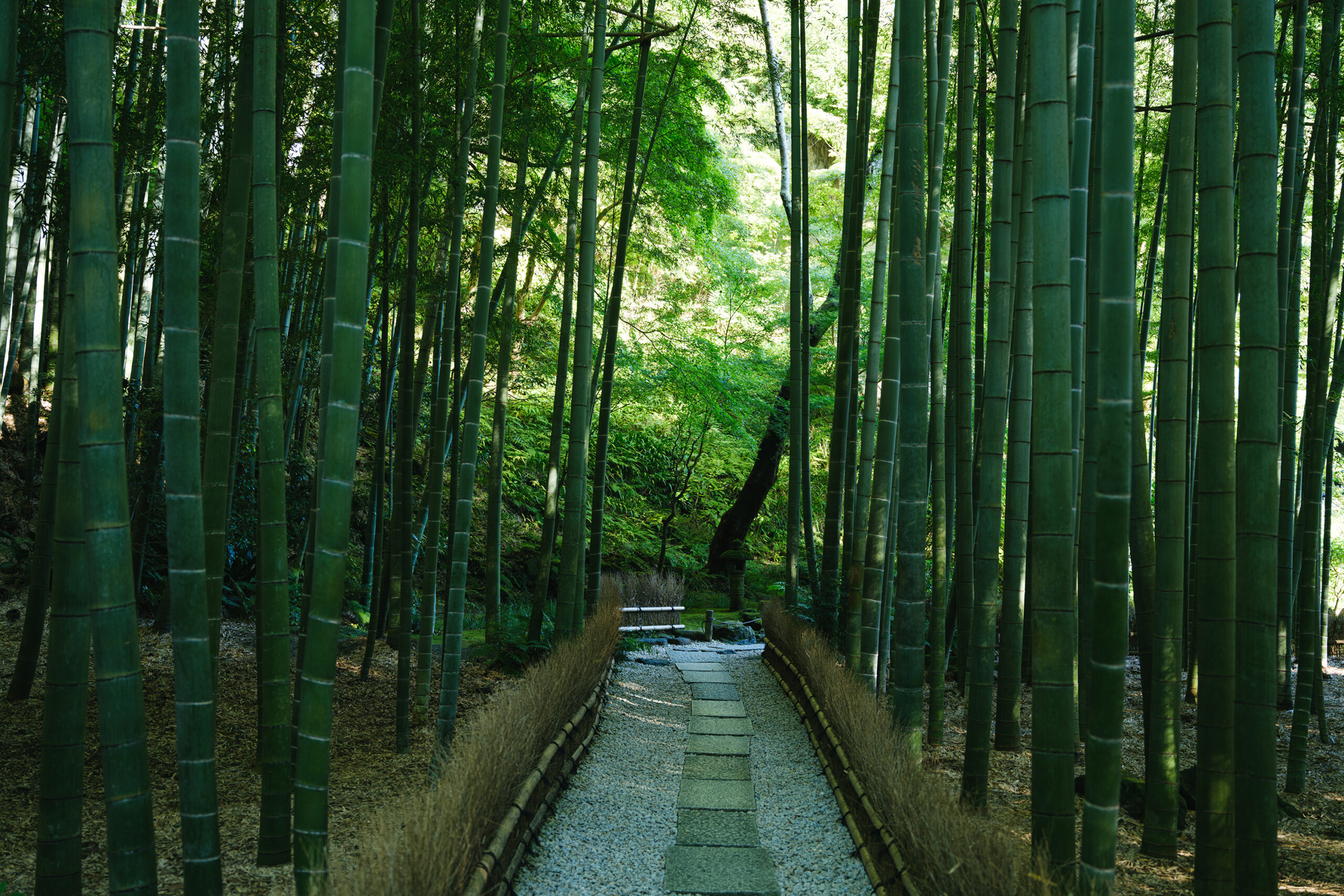
VOL.1
Update
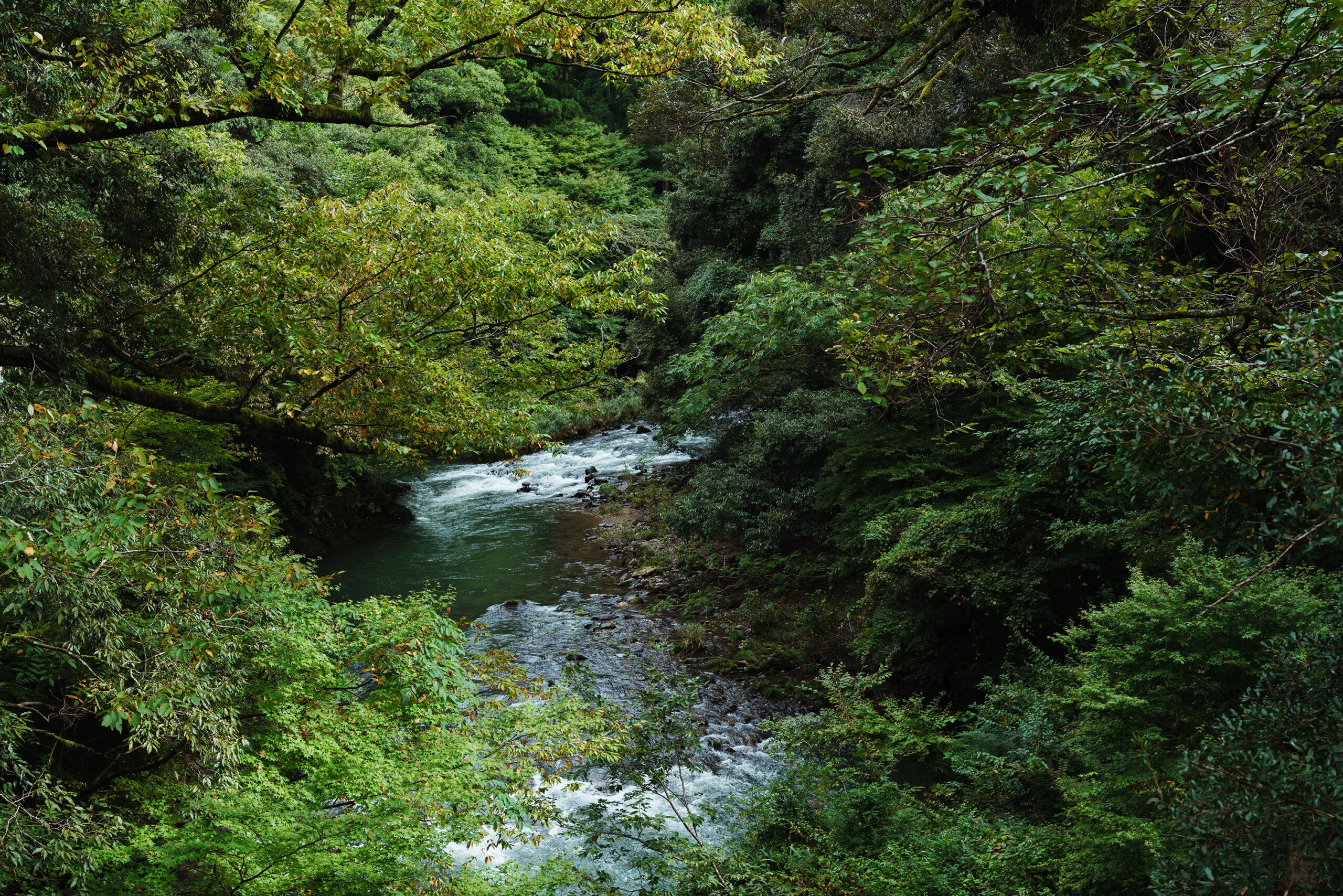
VOL.1-6
Update
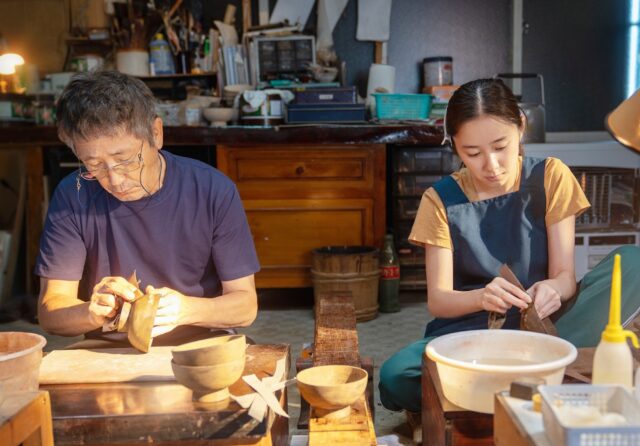
VOL.1-15
Update
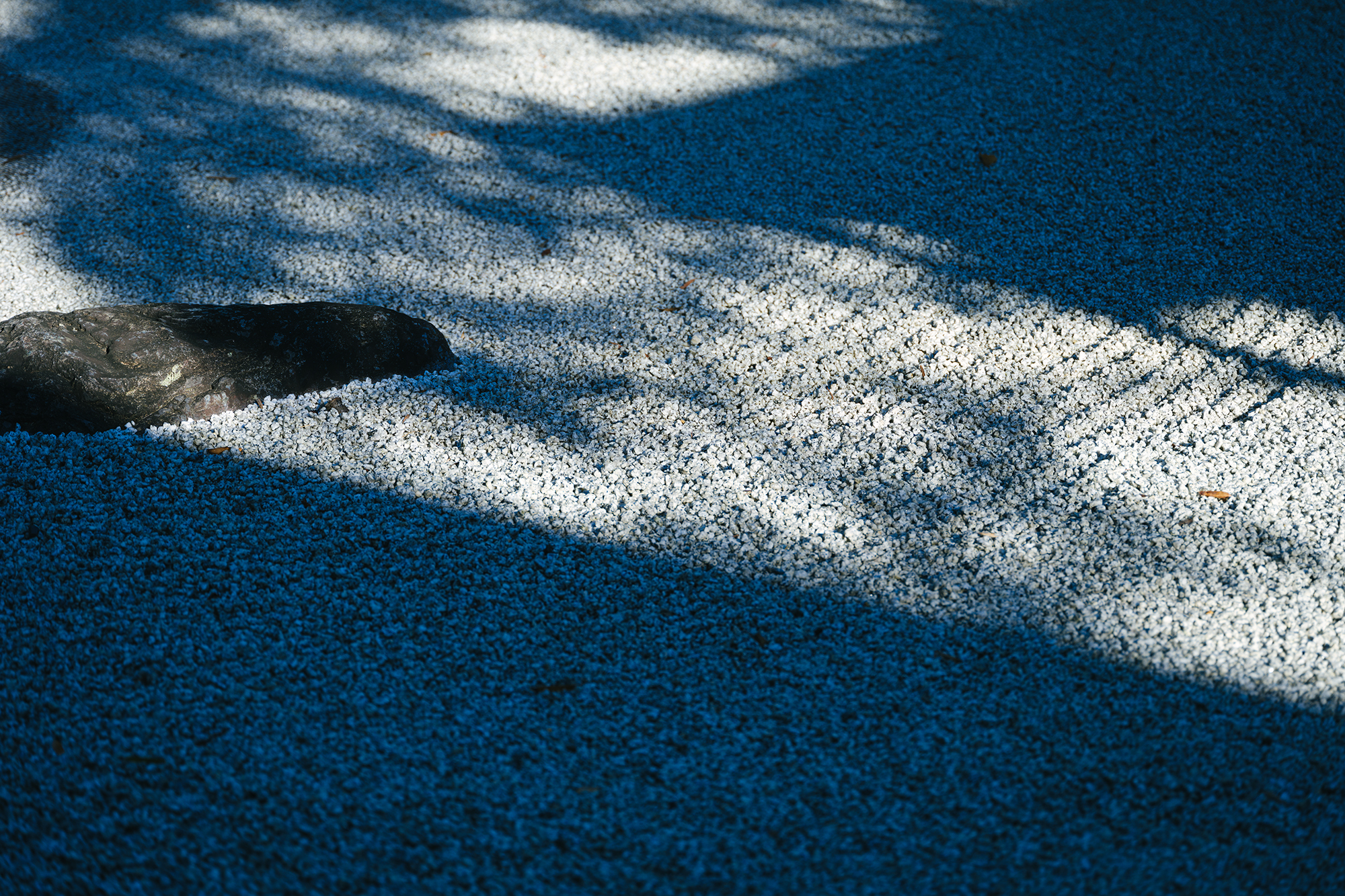
VOL.1-12
Update
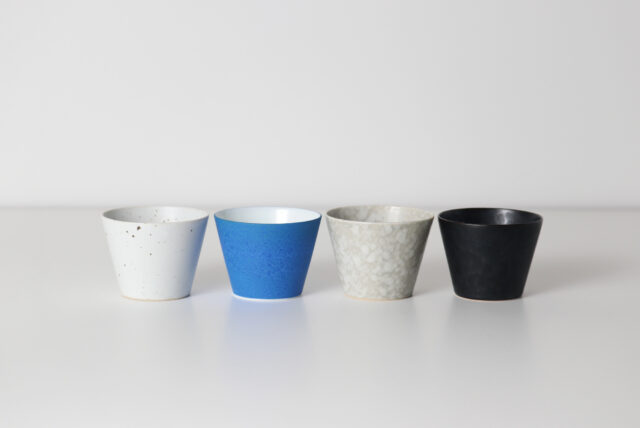
VOL.1-13
Update
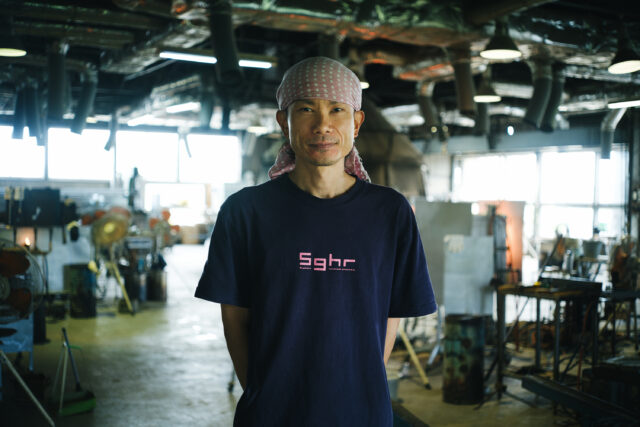
VOL.1-31
Update
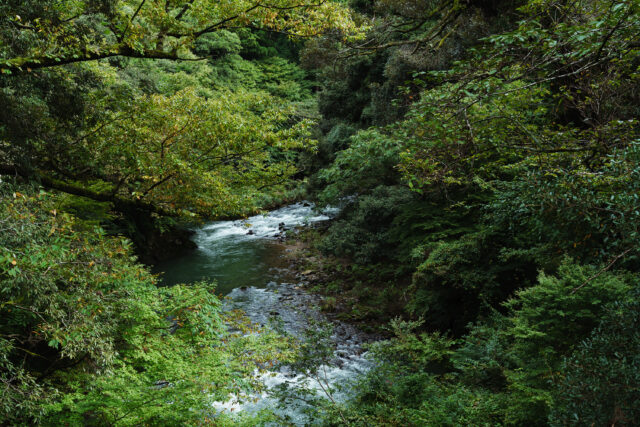
VOL.1-3
Update
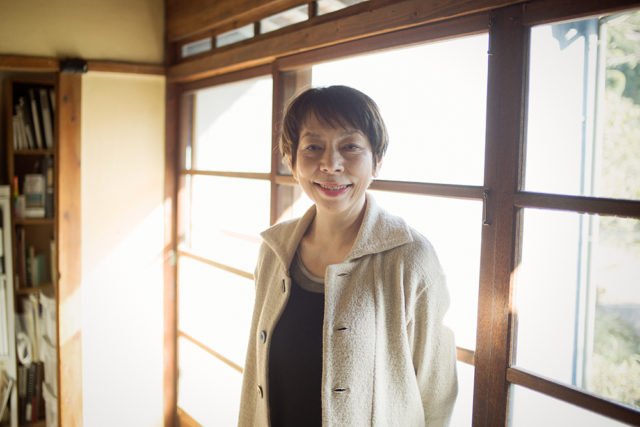
VOL.1
Update
We share a variety of information and perspectives on Japanese crafts, including exhibition information and interviews.
Featured Exhibitions & Events VOL.41
Featured Exhibitions & Events VOL.40
The Art of Appreciating Tea Bowls VOL.2
Exhibition • Event Report VOL.26
Oct 18 – Nov 17, 2024
Ceramics Park MINO
Oct 19 – Oct 26, 2024
La Ronde d' Argile
Kanagawa
Oct 19 – Oct 28, 2024
sumica utuwa shop & gallery
Tokyo
Oct 21 – Oct 26, 2024
KOCHUKYO

Wabi and sabi are often used as a single word today, but originally “wabi” and “sabi” were two separate words. “Wabi” is derived from the verb “wabu,” meaning to be depressed, and “wabishii,” an adjective meaning solitary and plain. In the Middle Ages, though, a profound new beauty came to be seen in such states of incompleteness through the tea ceremony, and a style of tea ceremony called “wabi-cha” was born out of this aesthetic.
Although the term “wabi-cha” is said to have been used since the Edo period (1603-1867), the spirit of the term was already established in the Muromachi period (1333-1573). In the late Muromachi period, while a luxurious style of tea ceremony became popular among court nobles and samurai, other tea masters pursued a more humble style of tea ceremony. One of these was Juko Murata, who is considered the founder of wabi-cha. Juko Murata, who was a member of the Jodo sect of Buddhism, began a new style of tea ceremony that found beauty in simplicity, emphasizing the use of simple, rustic tea bowls and utensils that were considered everyday things, instead of the more expensive Chinese tea bowls and utensils of the time. This wabi-cha was later refined by Sen no Rikyu, and its spirit is still carried on by many tea masters today.
The other term in wabi-sabi, “sabi,” as one can imagine from the kanji character, means to find beauty in solitude and quietness. It can be understood as a consciousness of trying to feel the life force that exists by embracing, rather than denying, old and lonely things. Living in Japan, one can feel life sprouting ahead of things that wither in the midst of seasonal changes. This sense of feeling is also expressed in the aesthetic of loneliness, wabi.
“Wabi” and “sabi”. These words, which have related meanings but used to be separate from each other, have now come to be widely understood around the world as “wabi-sabi.” To understand this, an explanation of Zen is essential. Zen is one of the sects of Buddhism, but it has penetrated deeply into Japanese culture, influencing not only the tea ceremony but also painting, architecture, and many other aspects of daily life. Daisetz T. Suzuki, who is considered the leading exponent of “Japanese Zen” throughout the world, spoke of the importance of both wabi and sabi in his book Zen and Japanese Culture, and was a major catalyst for introducing wabi and sabi to the rest of the world.
In the world of Zen, beauty resides in what is unbalanced and imperfect. Imbalance, or asymmetry, is also a major characteristic of Zen gardens. The word “imperfect” is also associated with the tea ceremony. In his book The Book of Tea, Kakuzo Okakura wrote that “respect for imperfection” is the basis of the tea ceremony, and it is said that the word “imperfect” came to be identified overseas with both the basis of the tea ceremony and the Japanese sense of beauty. In addition to the tea ceremony, this aesthetic sense of respect for imperfection became integrated into Japanese life through Zen gardens, paintings, crafts, and other aspects, and became internationally associated with the phrase wabi-sabi. Among those, Japanese dry gardens (karesansui) or rock gardens, often referred to as Zen gardens, have become particularly popular destinations for tourists from abroad as beautiful Japanese gardens for their expression of wabi-sabi.
What is most important to understand about wabi-sabi is that behind this word lies the Japanese view of nature. The word “imperfect” is also connected to the fact that nature is imperfect in every respect. Japan has four distinct seasons, and the ability to feel this ever-changing nature has greatly influenced the aesthetic sense of “wabi-sabi.” People from overseas are attracted to this word perhaps because they feel a sense of preciousness and respect for how it expresses the underlying Japanese view of nature. When introducing wabi-sabi, therefore, it is important to convey the unique character of Japan and the Japanese perspective on nature as well.
Casting wide my gaze,
Neither flowers
Nor scarlet maple leaves–
A humble fisherman’s hut,
In the autumn dusk.
This poem by Fujiwara no Teika, a poet of the early Kamakura period (1192-1333), is considered one of the poems that express the world of wabi-sabi. One can experience wabi-sabi in the everyday world through admiring simple scenery or entering the world of tea ceremony, as in this poem, through the touch of crafts such as jars from the Six Ancient Kilns or Ko-Imari.
In the world of crafts, there are many makers who pursue the beauty of wabi-sabi even in this day and age, crafting tea bowls with unpredictable yohen effects that manifest during firing and simple lacquerware without decoration. Among them, many jars and vases made in the style of the Six Ancient Kilns are still made using the same materials and production methods as in the past, and many of these works still reflect wabi-sabi. In addition to tea bowls and jars, there are other types of ceramics, such as Ko-Imari, Ko-Karatsu, and Ko-Kutani, which pursue the simplicity of old pottery with a modern sensibility, and are in keeping with the wabi-sabi aesthetic. In each case, the bleeding and distortions of the “old” ceramics have a unique charm, drawing us to recognize their profundity.
Wabi-sabi is a sense of beauty that lies on the opposite shore of opulence and luxury, and emerges especially in such times of splendor. In Rikyu’s time, the spirit of wabi-cha spread as just such a counter-reaction, precisely because there were people who pursued that glamorous world of gold and silver. Similarly today, there are those who seek to achieve a more comfortable and advanced society, while others seek to return to a simple and rustic lifestyle. It is not that one is superior to the other, but that they may be like light and shadow. If so, the more mature international society becomes, the more this aesthetic of “wabi-sabi” will be sought after. In this day and age, Japanese crafts are attracting attention worldwide because more and more people are seeking such an aesthetic sense. As such the wabi-sabi aesthetic is of great value for our future.
